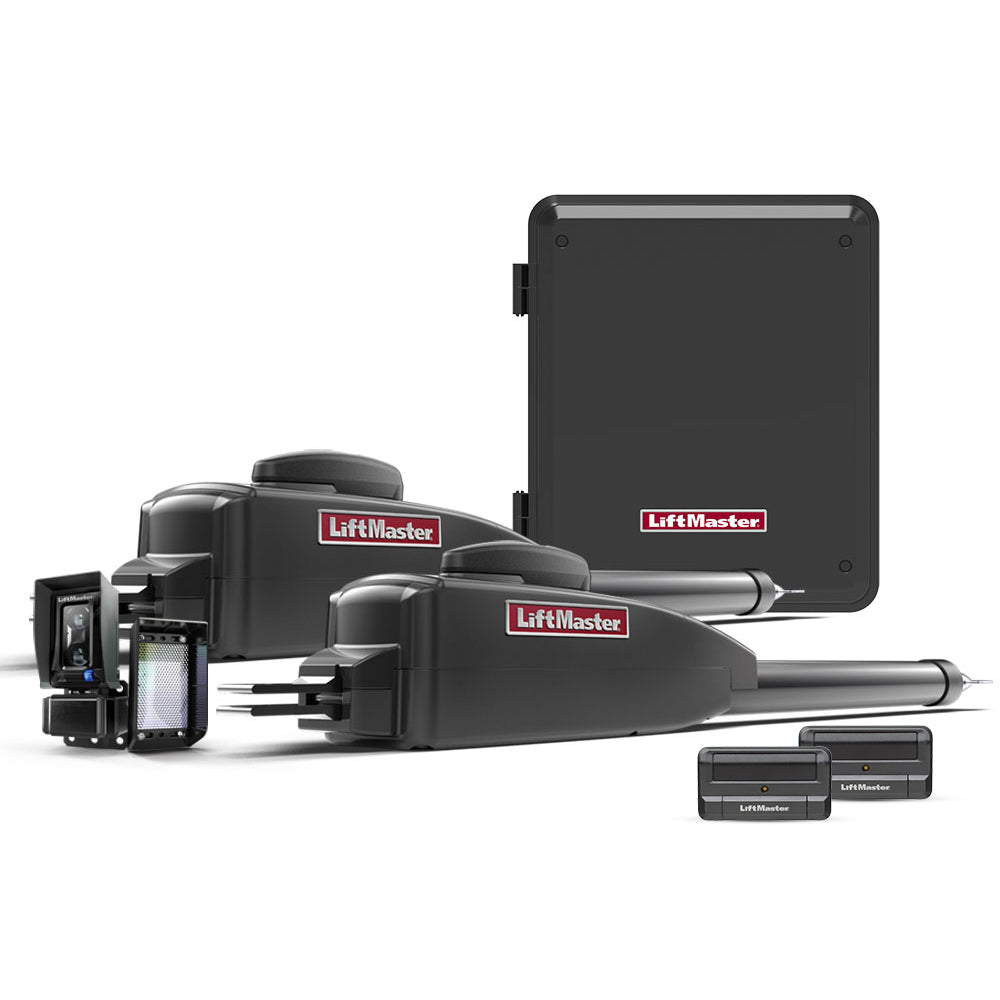How does a motion sensor work?
Many grocery stores have automatic door openers that use a very simple form of radar to detect when someone passes near the door. The box above the door sends out a burst of microwave radio energy and waits for the reflected energy to bounce back. When a person moves into the field of microwave energy, it changes the amount of reflected energy or the time it takes for the reflection to arrive, and the box opens the door. Since these devices use radar, they often set off radar detectors. All of these are active sensors. They inject energy (light, microwaves or sound) into the environment in order to detect a change of some sort. The "motion sensing" feature on most lights (and security systems) is a passive system that detects infrared energy. These sensors are therefore known as PIR (passive infrared) detectors or pyroelectric sensors. In order to make a sensor that can detect a human being, you need to make the sensor sensitive to the temperature of a human body. Humans, having a skin temperature of about 93 degrees F, radiate infrared energy with a wavelength between 9 and 10 micrometers. Therefore, the sensors are typically sensitive in the range of 8 to 12 micrometers. The devices themselves are simple electronic components not unlike a photosensor. The infrared light bumps electrons off a substrate, and these electrons can be detected and amplified into a signal. You can incorporate motion sensors to automate and exit or an entrance, ask one of our product specialist how.











